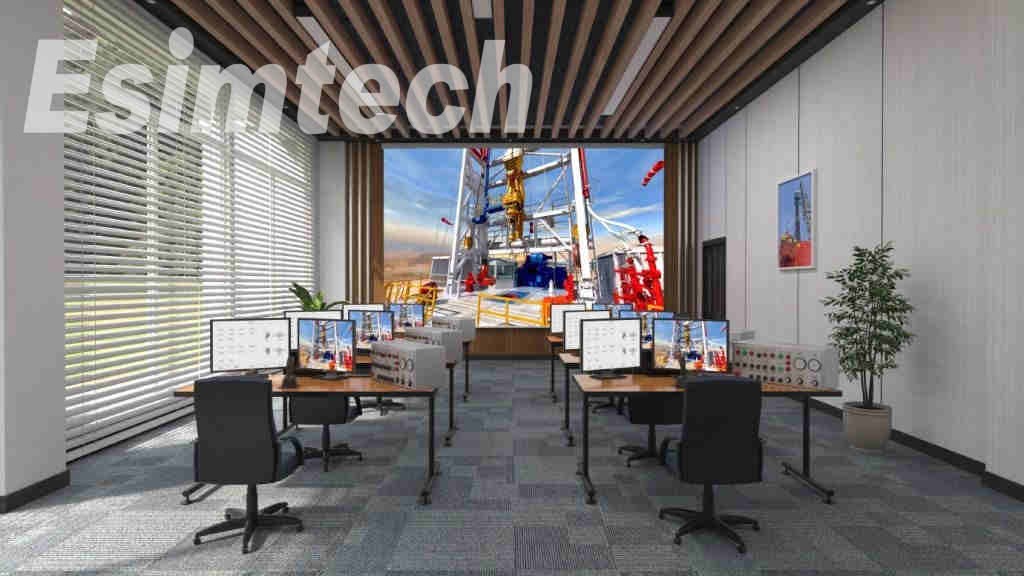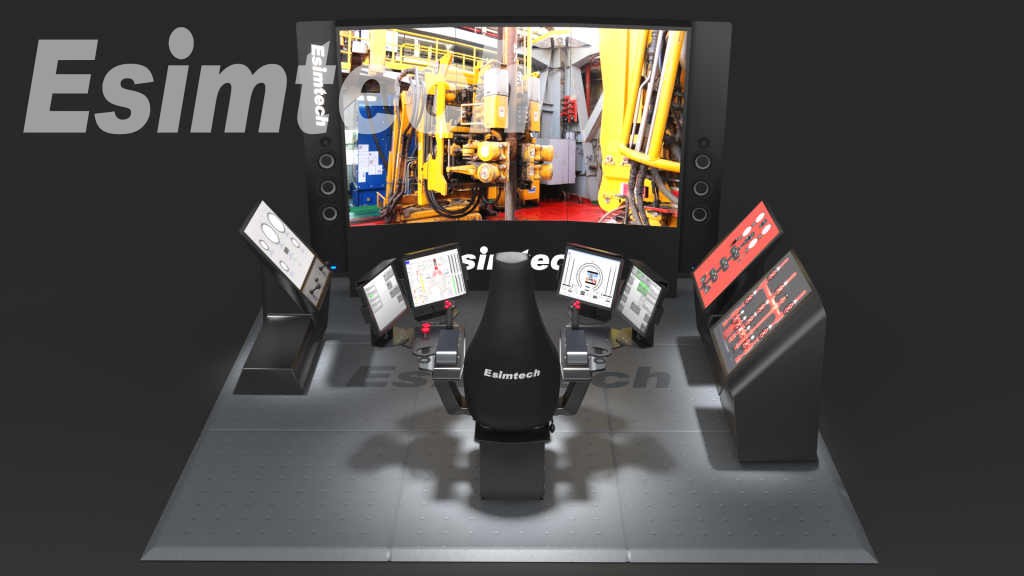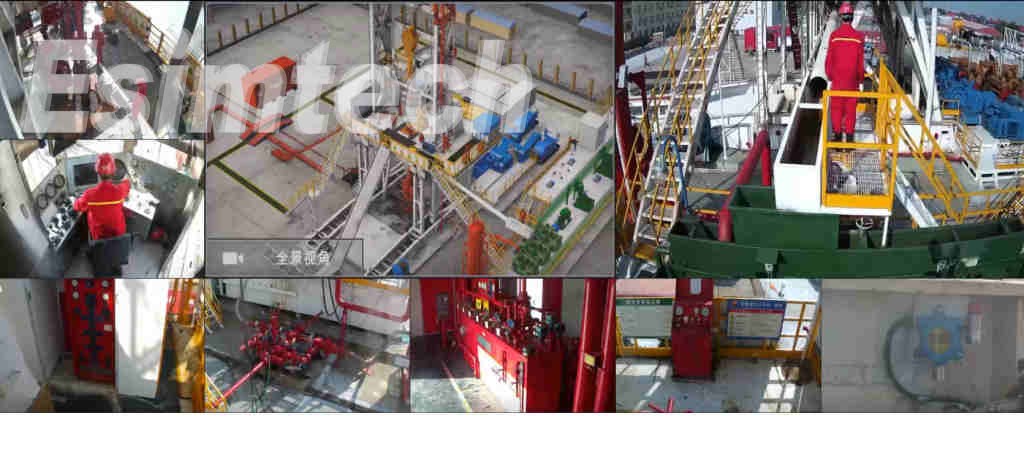What are the three levels of well control?
Well control refers to kick control or pressure control. It is a technology that controls the formation pressure through a certain method, basically maintains the pressure balance in the well, and ensures the smooth progress of the drilling.
Well control operations can be divided into three levels according to the scale of the kick and the control methods adopted. They are primary well control, secondary well control, and tertiary well control.
Primary Well Control
First-level well control is a drilling process in which the bottom hole pressure is slightly greater than the formation pressure by using appropriate drilling fluid density and technical measures.
The core of primary well control is to determine a reasonable drilling fluid density. The drilling fluid column pressure provided by the first-level well control is the first-level guarantee for the formation of safe drilling. The primary well control technology requires that the preparation of drilling fluid of suitable density should be considered first during drilling construction. The purpose is to ensure that the drilling fluid column pressure in the well can be balanced or even greater than the formation pressure and to ensure safe construction when the wellhead is open.
In general, the first-level well control uses appropriate drilling fluids and technical measures to make the pressure at the bottom of the well slightly higher than the strata pressure. So that stratigraphic fluids do not enter the well. The well kick rate is zero, and naturally, there is no overflow.
Secondary Well Control
Two-level well control means that overflow occurs when the bottom hole pressure is lower than the formation pressure due to some reasons, but the wellhead control equipment can be used to control the overflow according to certain operating procedures, and establish a new bottom hole pressure balance, the process of resuming the normal cycle. And make it reach the primary well control state again.
The second-level well control technology requires that the wellhead must be equipped with a blowout preventer group, which provides a second-level barrier for safe drilling. The essence of secondary well control is early discovery, early shut-in, and early treatment.
(1) Early detection: Early detection specifically means that the sooner the overflow is found, the easier it is to control the well shut-in and the safer it is.
(2) Early shut-in: Early shut-in means that when overflow is found or the warning is not obvious, and overflow is suspected, all other operations should be stopped, and the well should be shut in immediately according to the shut-in procedure.
Three-level well control
The tertiary well control refers to when the secondary well control fails, the well kick is large, the control of the formation fluid flowing into the well is lost, and a blowout (surface or underground) occurs. After the blowout is out of control, appropriate techniques and equipment should be used to regain control of the well and then regain primary well control. This is also usually known as a blowout rescue. At this time, various specific technical measures such as fire fighting and rescue wells may be required.
For a well, efforts should be made to keep the well in the primary well control state, and all emergency preparations should be made at the same time. Once a well invasion occurs, it can respond quickly, deal with it, and resume normal drilling operations. Do your best to prevent well invasion from turning into a blowout.

What is the drilling and well control simulator?
In terms of drilling and well control, Esimtech can provide drilling and well control simulators, including the cyberchair drilling simulator, portable drilling well control simulation training system, and top drive simulator. Each type of simulation training system has its own unique advantages. Basically, the combination of 3D technology, VR technology, computer technology, etc. is used to create a 3D scene of the oil and gas industry and then matched with realistic sound effect simulation. It can provide drilling, well control, equipment fault detection, drilling accident, and fault handling for personnel engaged in the petroleum industry or students studying the industry.

What are Esimtech emergency exercises simulator?
Emergency exercises simulator provided by Esimtech, including drilling emergency practice training platform, drilling emergency exercise simulation training system, and other product series. It is also through the use of advanced VR, 3d technology, etc. to simulate the real oil construction site where emergency and dangerous situations occur. Realistic simulations and 3D interactions of equipment, people, environments, events, etc. in the field can be established. Scenarios that can be trained include blowouts, explosions, H2S leakage, and other accidents.

If you want to learn more about these products, or other types of products. You can always contact Esimtech and we will answer your questions.
